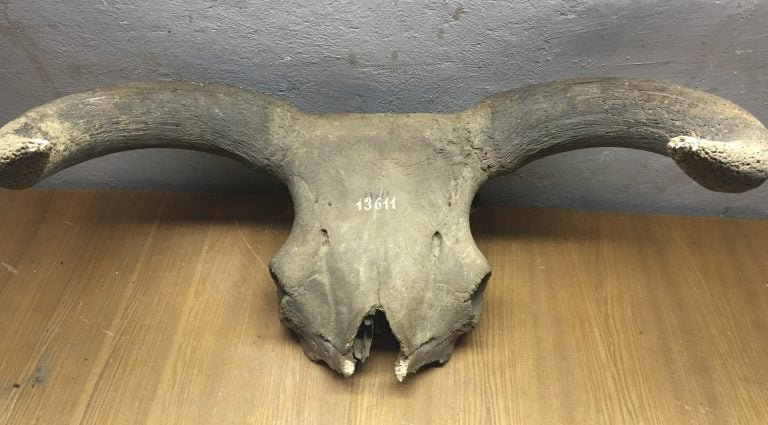Researchers at Trinity College Dublin have unraveled the ancient history of aurochs, the iconic creatures that once roamed Europe, Asia, and Africa. By analyzing 38 genomes extracted from 50,000-year-old bones, the team revealed:
Key Findings:
- Ancient migrations and distinct populations of aurochs.
- Impact of climate change on aurochs genetics.
- Domestication’s narrow genetic base and subsequent augmentation through wild aurochs bulls.
Aurochs: The Ancestors of Modern Cattle
Aurochs, depicted in early human art, were domesticated to create cattle, now comprising a third of the world’s mammalian biomass.
Genetic History Revealed
The study found:
- European and north Asian genomes separated 100,000 years ago.
- Three distinct aurochs populations in Europe: Western European, Italian, and Balkan.
- Climate change caused genetic diversity drops in European herds.
Domestication’s Genetic Legacy
Only a handful of maternal lineages survived domestication, but early mating with wild aurochs bulls augmented the genetic base.
Expert Insights:
“Although Caesar exaggerated the size of the wild ox, its first capture and taming must have happened with only a few animals,” says Professor Dan Bradley.
Implications:
- Understanding cattle’s genetic diversity.
- Informing conservation efforts.
- Insights into human prehistory.
Reference:
- “The genomic natural history of the aurochs” in Nature.
Related Articles:
- “Ancient DNA Unlocks Secrets of Animal Domestication”
- “The Genetics of Cattle Domestication”
- “Uncovering the History of Aurochs through Art and Science”
Share Your Thoughts:
How does this research impact our understanding of cattle domestication and genetic diversity? Share your thoughts in the comments below!

















